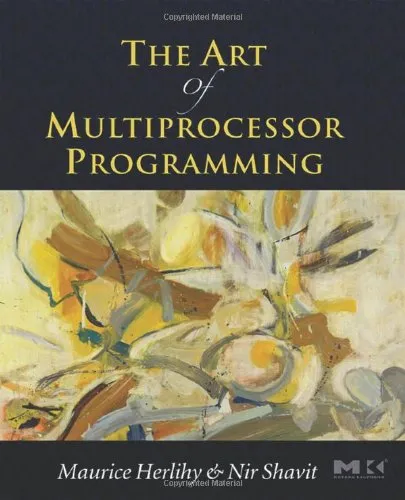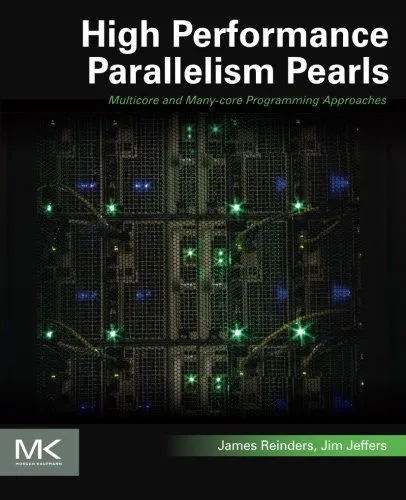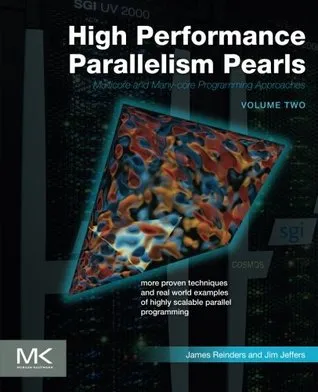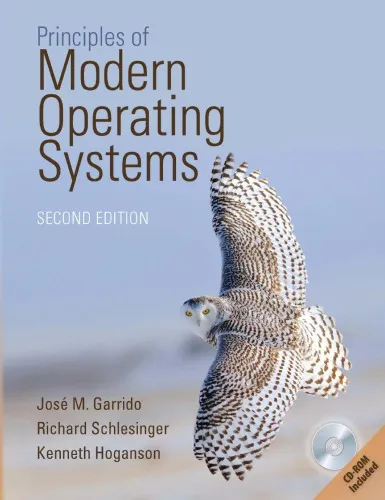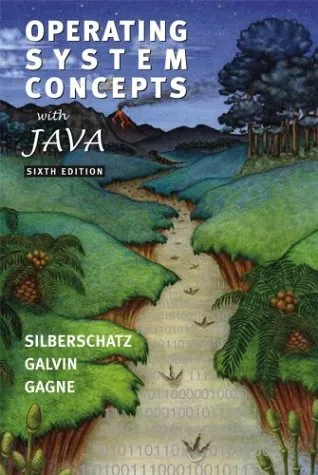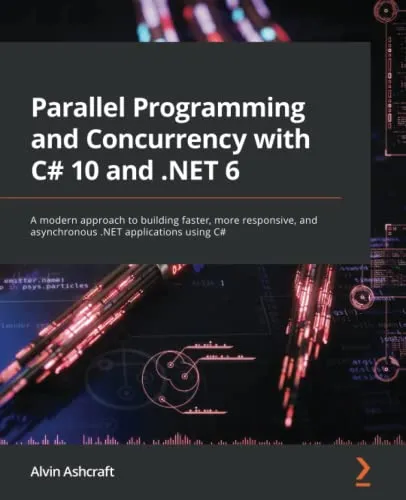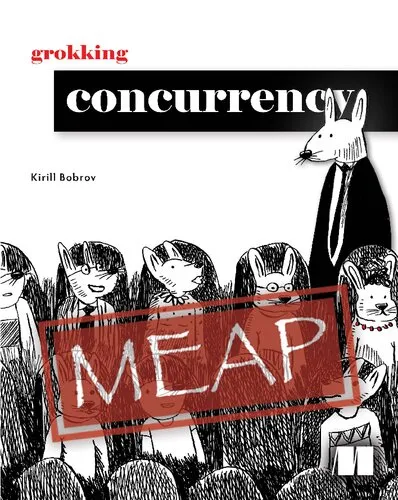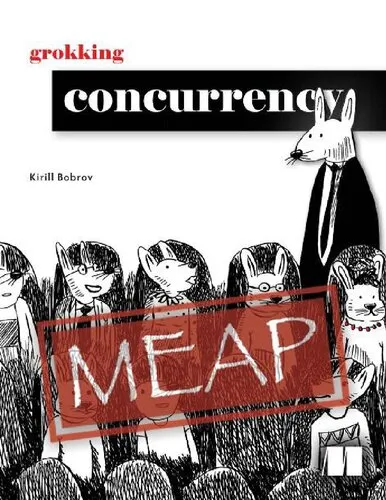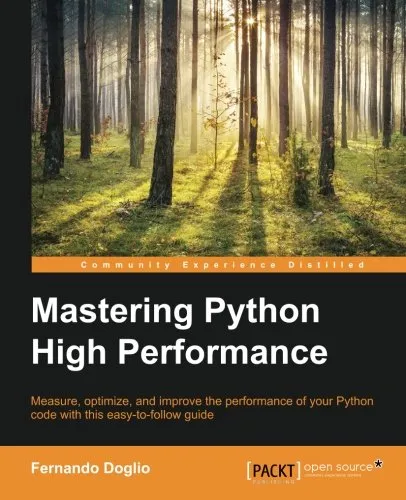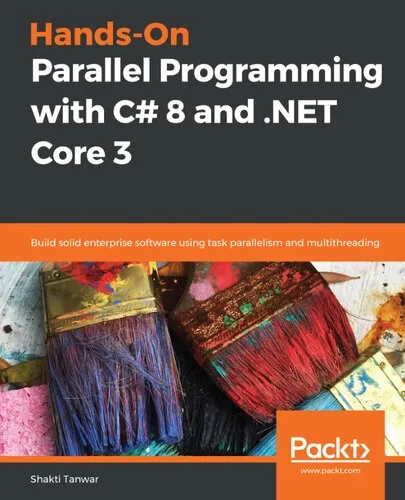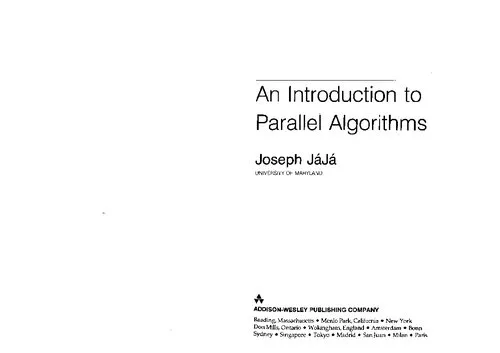The art of multiprocessor programming
4.5
Reviews from our users

You Can Ask your questions from this book's AI after Login
Each download or ask from book AI costs 2 points. To earn more free points, please visit the Points Guide Page and complete some valuable actions.Related Refrences:
Introduction to "The Art of Multiprocessor Programming"
"The Art of Multiprocessor Programming" by Maurice Herlihy and Nir Shavit is a comprehensive guide to the intricate world of multiprocessor computing, unraveling the complexities of parallel programming and concurrent data structures. As the computing landscape evolves, driven by the relentless growth of multicore processors, understanding the principles of multiprocessor programming is crucial for leveraging the full potential of modern hardware.
This book serves as an essential resource for both beginners and experienced programmers, blending theoretical foundations with practical implementations. The authors, pioneers in the field, bring their extensive expertise to provide readers with a deep understanding of how to design correct, efficient, and scalable concurrent programs.
Detailed Summary of the Book
"The Art of Multiprocessor Programming" begins by introducing the fundamental concepts of concurrent computing, setting the stage for a journey through various programming techniques designed to cultivate robust parallel applications. The book covers critical topics such as locks, lock-free and wait-free data structures, transactional memory, and the Java programming language's concurrency model.
As you navigate through the chapters, you're introduced to the challenges of synchronizing multiple threads and processes, ensuring they work harmoniously without corrupting shared data. The book thoroughly examines different synchronization mechanisms and their trade-offs, giving readers a rounded understanding of when and how to use them effectively.
Furthermore, key algorithms and data structures are dissected in detail, providing insights into their implementation and use in real-world scenarios. From linked lists and queues to more complex structures like hash tables and priority queues, each example is explained with clarity and precision.
Key Takeaways
- Understanding the importance of concurrency and parallelism in modern computing.
- Grasping the theory behind synchronization techniques and their implications.
- Proficiency in designing and implementing concurrent data structures.
- Insight into transactional memory and its role in simplifying concurrent programming.
- Practical knowledge of Java’s concurrent programming model and APIs.
Famous Quotes from the Book
"The key to scalable multicore performance is to design data structures that avoid or minimize contention."
"A concurrent object is a data structure shared by concurrent processes."
Why This Book Matters
As multicore architectures become ubiquitous, the ability to write efficient multiprocessor code is no longer optional—it’s a fundamental skill for software developers. This book demystifies the art and science of concurrent programming, offering insights and strategies to avoid common pitfalls and harness the full power of parallel computing.
The blend of theory and practical advice featured in "The Art of Multiprocessor Programming" not only enhances the technical acumen of readers but also encourages them to think critically about the design choices they make. This book is not just a guide; it's a conversation with two eminent figures in the concurrent computing field, imparting wisdom that empowers developers to build better, more efficient software.
Ultimately, this book matters because it arms developers with the knowledge and tools needed to advance in an era dominated by parallel processing, thus shaping the future of software development.
Free Direct Download
You Can Download this book after Login
Accessing books through legal platforms and public libraries not only supports the rights of authors and publishers but also contributes to the sustainability of reading culture. Before downloading, please take a moment to consider these options.
Find this book on other platforms:
WorldCat helps you find books in libraries worldwide.
See ratings, reviews, and discussions on Goodreads.
Find and buy rare or used books on AbeBooks.
1453
بازدید4.5
امتیاز0
نظر98%
رضایتReviews:
4.5
Based on 0 users review
Questions & Answers
Ask questions about this book or help others by answering
No questions yet. Be the first to ask!
